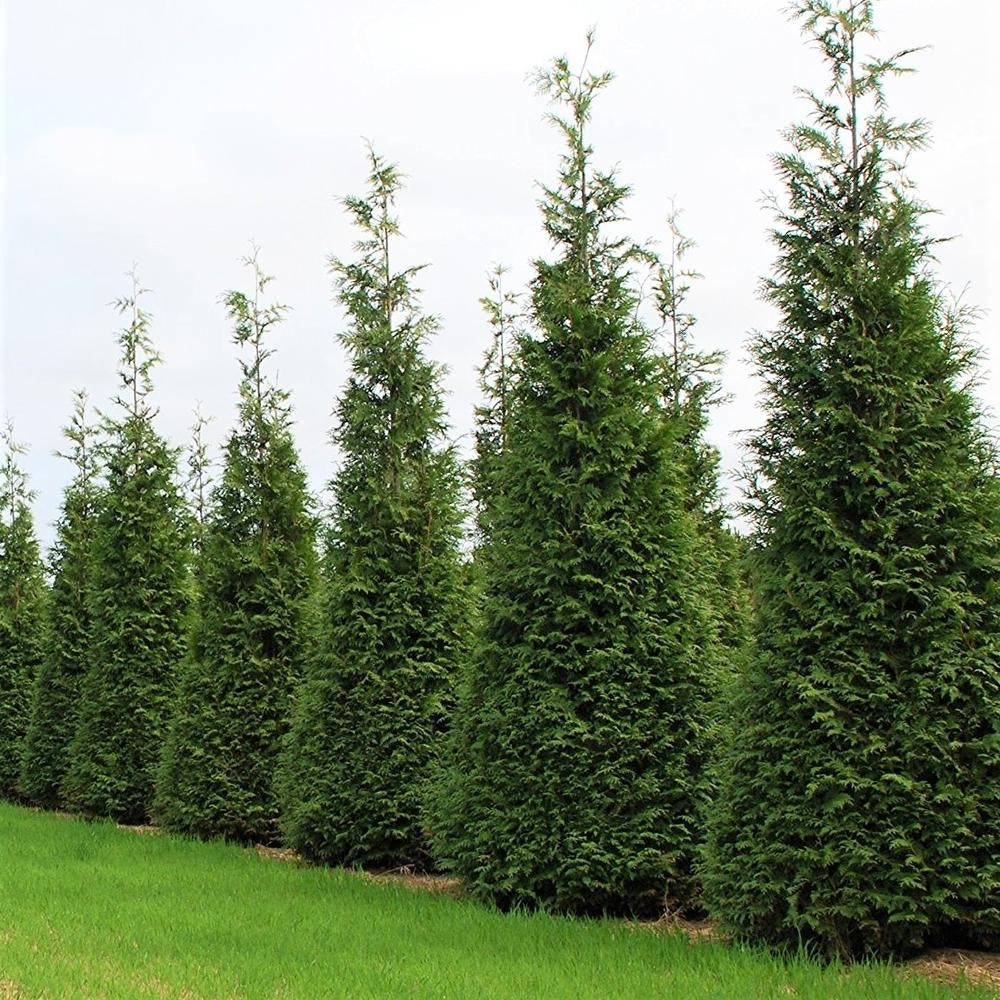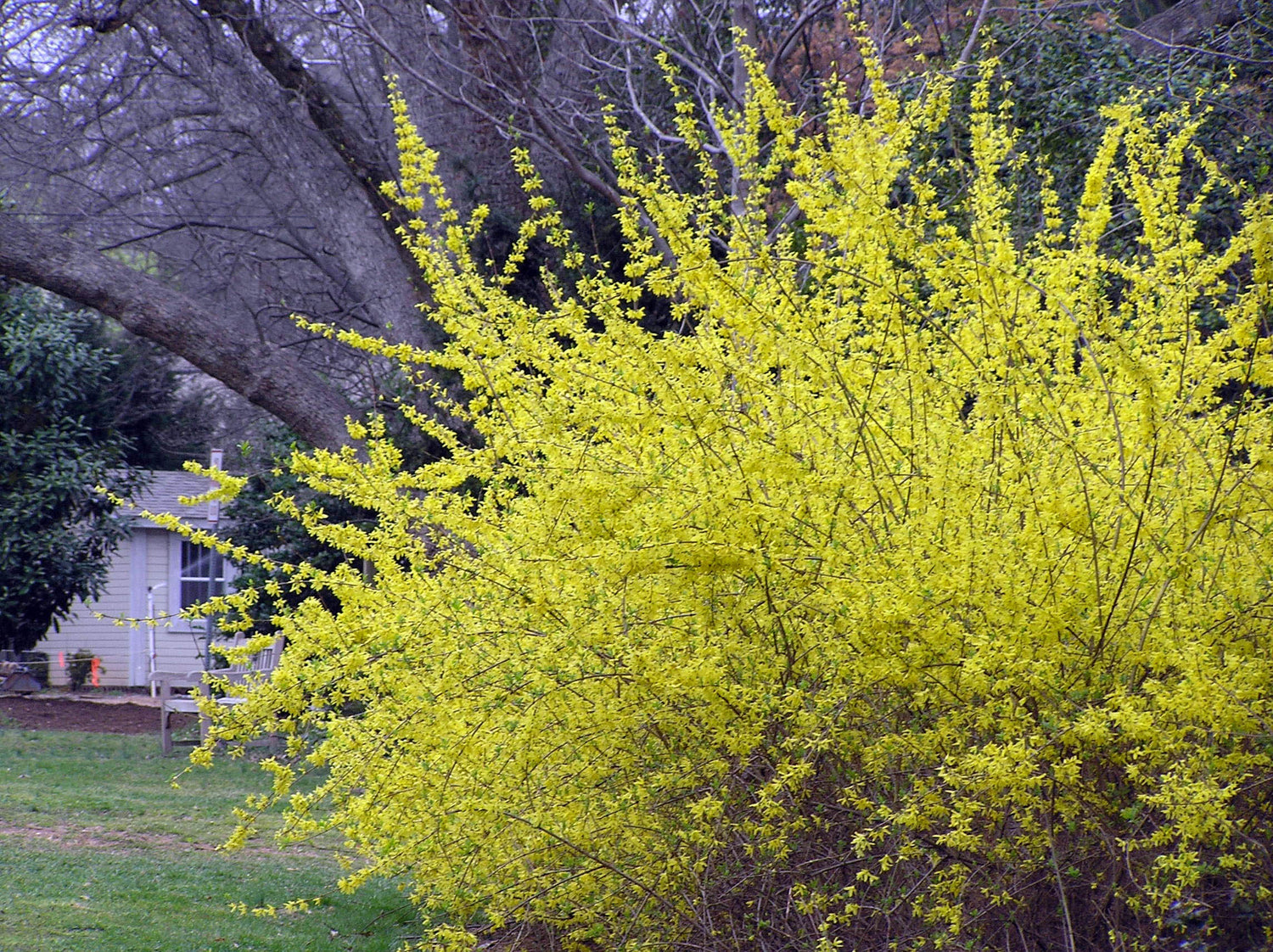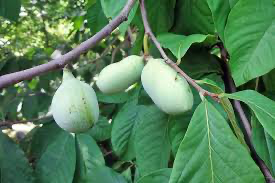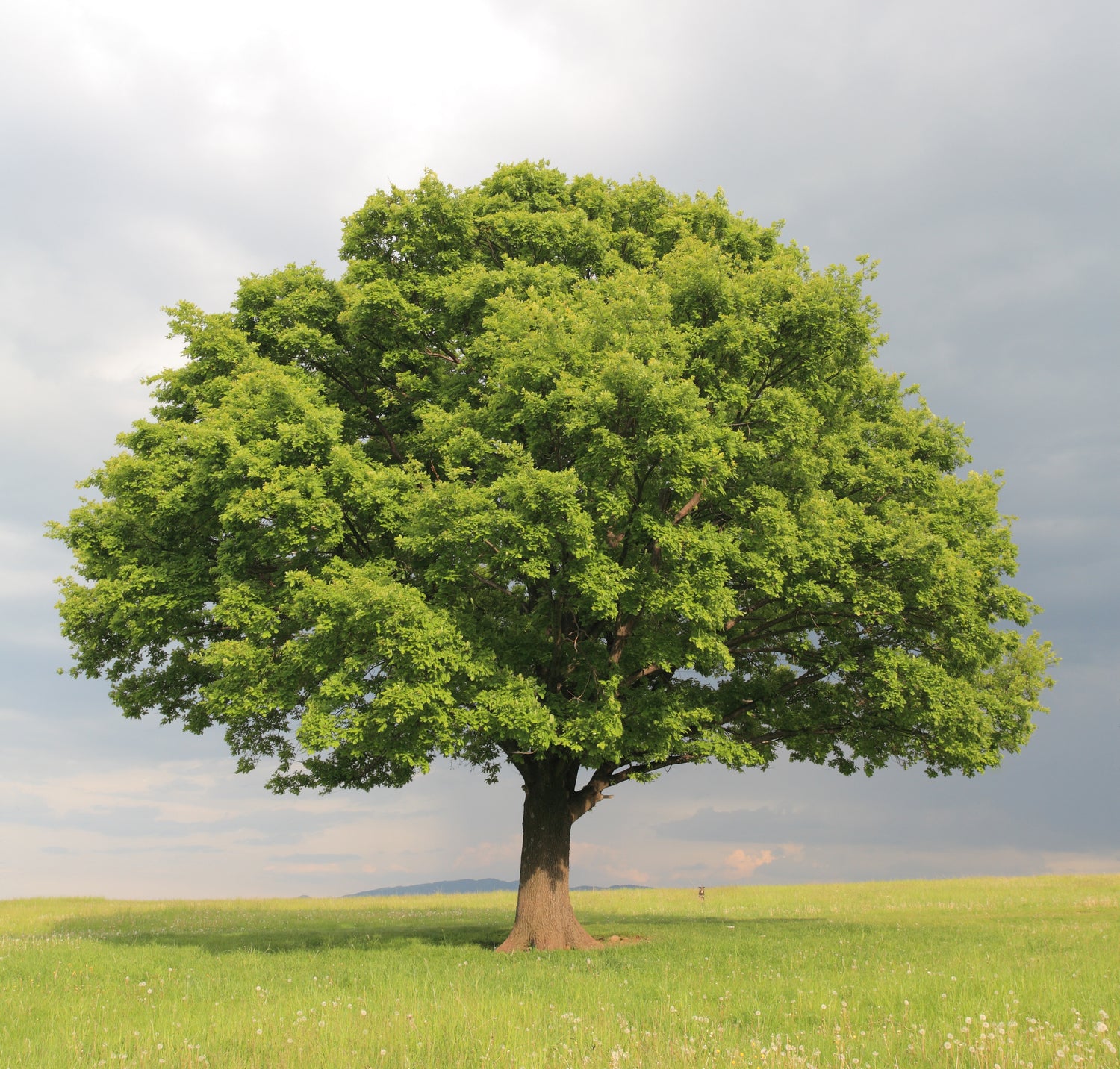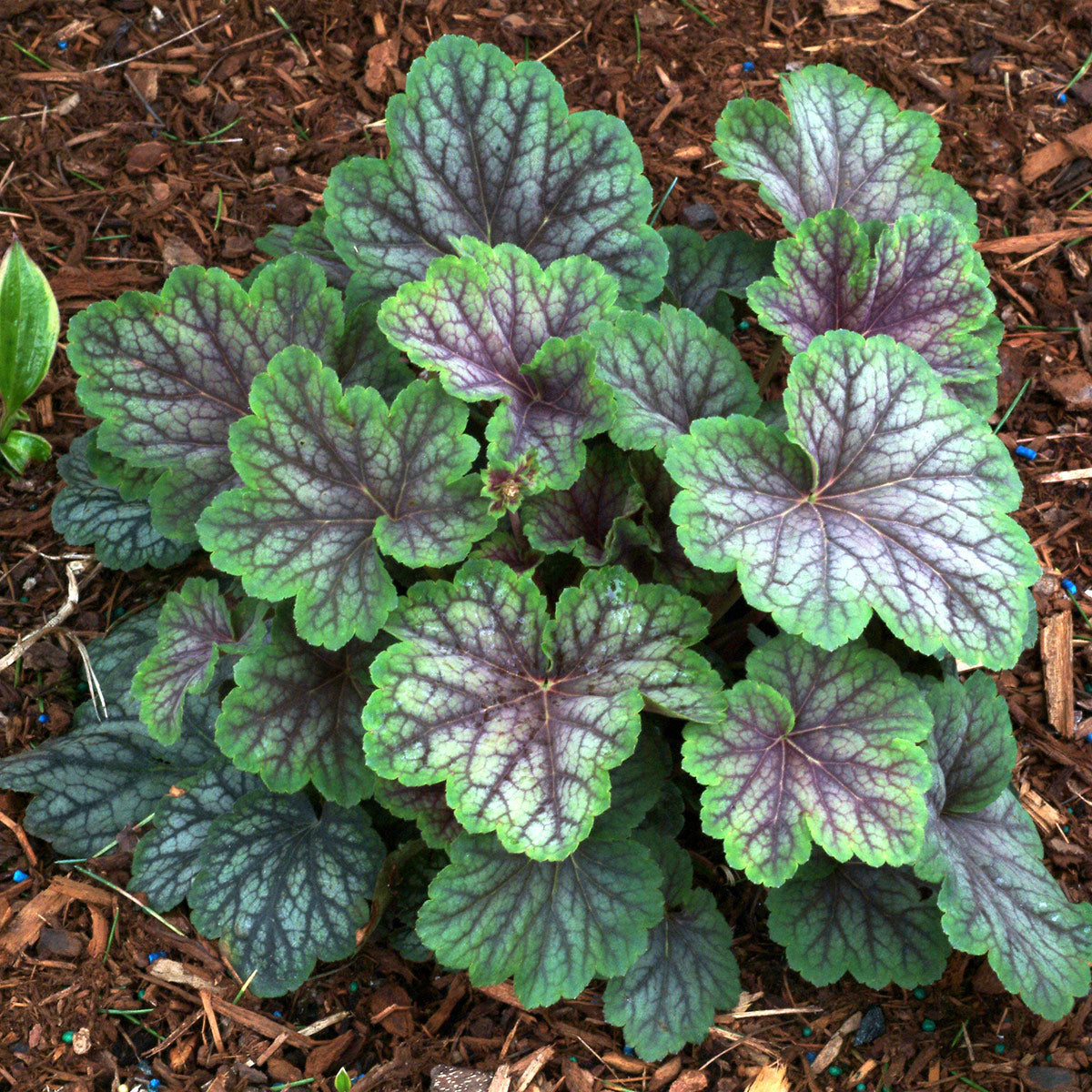Winter can be a challenging season for trees, especially in regions with harsh weather conditions. Ensuring your trees are adequately protected during the winter months is crucial for their health and longevity. At Weaver Family Farms Nursery, we are committed to helping you provide the best care for your trees. In this article, we will explore the importance of winter protection for trees and the best methods to keep them safe during the colder months.

Why is Winter Protection for Trees Important?
Winter protection for trees is essential because the cold weather can cause significant damage. Frost, ice, and heavy snow can lead to broken branches, root damage, and even the death of young or vulnerable trees. Additionally, the freeze-thaw cycles can create cracks in the bark, exposing the tree to diseases and pests.
Protecting your trees during winter not only prevents damage but also ensures that they remain healthy and robust. Healthy trees are better able to withstand the stress of winter and are more likely to flourish when spring arrives. By taking steps to protect your trees, you are investing in their long-term health and beauty.
What are the Best Methods to Protect Trees in Winter?
There are several effective methods to protect trees during the winter months:
-
Mulching: Applying a thick layer of mulch around the base of the tree helps insulate the roots and retain moisture. Mulch acts as a barrier against extreme temperatures and reduces the risk of root damage. For more detailed information on mulching, check out our Ultimate Mulching Guide.
-
Wrapping Trees: Wrapping the trunks of young or thin-barked trees with burlap or tree wrap can prevent frost cracks and damage from fluctuating temperatures. It also provides protection against pests that may try to burrow into the bark during winter.
-
Using Tree Guards: Tree guards are useful for preventing damage from animals like deer and rabbits that may feed on the bark during winter. They also offer some protection against cold winds.
-
Watering Before Frost: Ensuring your trees are well-watered before the first frost can help them withstand the cold better. Moist soil retains heat longer than dry soil, providing some insulation to the roots.
-
Anti-desiccant Sprays: These sprays help reduce moisture loss from the foliage of evergreen trees and shrubs during winter, preventing them from drying out and suffering winter burn.
Implementing these methods can significantly enhance the survival and health of your trees through the winter season. Next, we will discuss the specific needs of young trees and whether or not you should wrap your trees for winter protection.
Do Young Trees Need Winter Protection?
Young trees are particularly vulnerable to winter weather because they have not yet developed the robust root systems and hardy bark of mature trees. Winter protection is crucial for these young plants to ensure they survive and thrive. Here are some specific tips for protecting young trees during the winter:
-
Mulching: As with mature trees, mulching young trees is essential. Apply a layer of mulch 2-4 inches thick around the base, ensuring it extends to the drip line (the area directly under the outer circumference of the tree's branches). This mulch layer will help insulate the young roots and maintain soil moisture.
-
Staking: Young trees, especially those planted in windy areas, can benefit from staking. Staking helps stabilize the tree and prevents wind damage. Ensure the stakes are placed securely but not too tight, allowing the tree to sway slightly, which promotes stronger root growth.
-
Tree Guards and Wrapping: Protect the trunk from frost cracks and animal damage by using tree guards or wrapping the trunk with a breathable material like burlap. This is especially important for species with thin bark.
How to Protect Trees from Winter Weather?
Winterizing trees involves several steps to ensure they are adequately protected from the harsh elements. Here is a step-by-step guide on how to winterize your trees:
-
Clean Up the Area: Remove any fallen leaves, debris, or weeds from around the base of the tree. This helps reduce the risk of pests and diseases that could harm the tree during winter.
-
Inspect and Prune: Check the tree for any dead or damaged branches and prune them. Removing these branches prevents them from breaking under the weight of snow or ice and improves the tree's overall health.
-
Mulch: As mentioned earlier, apply a thick layer of mulch around the base of the tree. Make sure to keep the mulch a few inches away from the trunk to prevent rot.
-
Wrap the Tree: For trees with thin bark or those that are particularly susceptible to frost cracks, wrap the trunk with burlap or tree wrap. Start at the base and wrap upwards, overlapping each layer slightly.
-
Water Well: Give your trees a deep watering before the ground freezes. This helps ensure they have sufficient moisture to last through the winter.
-
Use Anti-desiccant Spray: For evergreen trees and shrubs, apply an anti-desiccant spray to reduce moisture loss from the foliage.
By following these steps, you can significantly reduce the risk of winter damage to your trees and help them emerge healthy and strong in the spring. In the next sections, we'll explore more specific questions related to winter tree care, such as whether you should wrap your trees and how to prevent frost damage.
Should I Wrap My Trees in Winter?
Wrapping your trees in winter can provide significant protection, particularly for young trees or those with thin bark. However, it’s essential to understand when and how to wrap trees to avoid any potential drawbacks.
Pros of Wrapping Trees:
- Prevents Frost Cracks: Wrapping helps prevent frost cracks caused by fluctuating temperatures, which can damage the tree's bark.
- Protects from Pests: Wrapping can deter animals like deer and rabbits from nibbling on the bark, which can cause severe damage.
- Reduces Moisture Loss: In areas with harsh winter winds, wrapping can reduce moisture loss from the bark, helping the tree retain its health through winter.
Cons of Wrapping Trees:
- Potential for Overheating: In milder winter climates, wrapping can sometimes cause overheating during warm spells.
- Moisture Build-up: If not applied correctly, wrapping can trap moisture against the bark, leading to rot.
Best Practices for Wrapping Trees:
- Use Breathable Materials: Always use breathable materials like burlap or specialized tree wrap. Avoid using plastic, as it can trap moisture and cause damage.
- Wrap from the Base Up: Start wrapping at the base of the tree and work your way up, overlapping each layer slightly. This method ensures even coverage and protection.
- Secure with Twine: Use twine or another soft material to secure the wrap in place, making sure it’s snug but not too tight.
- Remove in Spring: Once the threat of frost has passed, remove the wrap to allow the tree to breathe and grow naturally.
Wrapping your trees can be an effective method of winter protection when done correctly. For additional tree care tips, visit our guide on How Often Should I Water My New Tree?.
How Can I Prevent Frost Damage to Trees?
Frost damage is a common concern for many tree owners during the winter months. Frost can cause significant harm to both the foliage and bark of trees, leading to long-term damage if not addressed properly. Here are some tips to help prevent frost damage:
Mulching
One of the best ways to protect trees from frost damage is by applying mulch. Mulching helps insulate the soil and roots, maintaining a more consistent temperature and preventing sudden freezes. A good layer of mulch can make a significant difference in protecting your trees.
Watering
Watering your trees thoroughly before a predicted frost can help insulate the roots. Moist soil retains heat better than dry soil, providing a buffer against freezing temperatures.
Covering
For smaller trees or shrubs, covering them with blankets, burlap, or frost cloths during the night can provide an extra layer of protection. Be sure to remove the coverings during the day to allow the tree to receive sunlight and air.
Windbreaks
Installing windbreaks around your trees can help reduce the chilling effects of cold winter winds. This can be as simple as a temporary fence or planting evergreen shrubs nearby to shield the tree.
Anti-desiccant Sprays
These sprays create a protective barrier on the foliage of evergreen trees, reducing moisture loss and preventing frost damage. They are particularly useful for trees that retain their leaves throughout the winter.
Implementing these techniques can help minimize the risk of frost damage and keep your trees healthy through the winter. For more insights into tree care, visit our article on How Trees Help People: Discover the Everyday Benefits of Trees.
Next, we will discuss the best time of year to plant trees for optimal winter protection and how to insulate trees effectively.
What is the Best Time of Year to Plant Trees for Winter Protection?
Planting trees at the right time of year is crucial for ensuring they establish strong root systems and withstand winter conditions. The best time to plant trees largely depends on your local climate and the specific tree species.
Spring Planting
- Advantages: Planting in the spring gives trees an entire growing season to establish their roots before facing winter. The warmer temperatures and longer days encourage root growth and overall tree health.
- Considerations: Ensure the last frost has passed before planting to avoid damage to young trees.
Fall Planting
- Advantages: Fall planting is beneficial because the cooler temperatures and increased rainfall help reduce transplant shock. Trees planted in the fall can develop roots in the still-warm soil, giving them a head start before winter.
- Considerations: Plant early enough in the fall to give trees time to establish roots before the ground freezes. Mulch and water well to protect the roots during winter.
At Weaver Family Farms Nursery, we recommend consulting our guide on the Best Time of Year to Plant Trees to make informed decisions based on your specific region and tree type.
How to Insulate Trees for Winter?
Insulating trees is an effective way to protect them from the harsh winter elements. Proper insulation helps maintain consistent soil temperatures and prevents root damage.
Mulching
- Depth: Apply a 2-4 inch layer of mulch around the base of the tree. Ensure the mulch extends to the tree’s drip line but avoid piling it against the trunk to prevent rot.
- Materials: Use organic materials like wood chips, straw, or compost. These materials decompose slowly, providing long-lasting insulation and added nutrients.
Using Tree Wraps
- Materials: Use breathable materials like burlap or commercial tree wraps. Avoid plastic or non-breathable materials that can trap moisture.
- Application: Start at the base of the trunk and wrap upward, overlapping each layer slightly. Secure with twine or ties but avoid wrapping too tightly.
- Timing: Apply the wrap in late fall and remove it in early spring once the threat of frost has passed.
Creating Windbreaks
- Natural Windbreaks: Planting evergreen shrubs or constructing temporary barriers around your trees can shield them from cold winds.
- Temporary Barriers: Use stakes and burlap to create a windbreak around the tree, providing a buffer against chilling winds.
For more detailed tips on mulching and its benefits, check out our Ultimate Mulching Guide.
By following these insulation methods, you can significantly enhance your trees' chances of surviving and thriving through winter. Next, we will discuss specific trees that need more winter protection and how winter protection benefits your trees in the long run.






